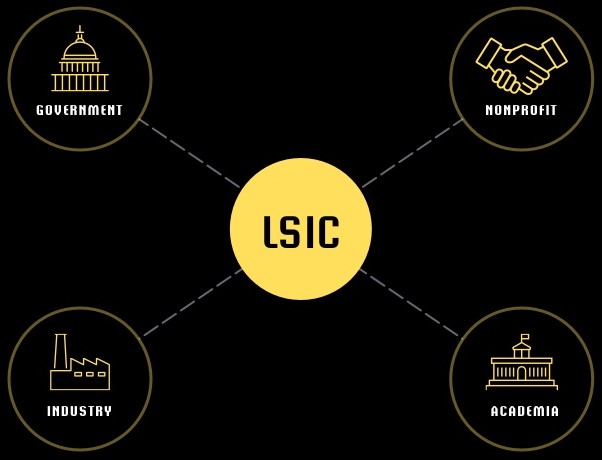Lunar Surface Innovation Consortium (LSIC) will facilitate communication between commercial, academic, government, and nonprofit sectors to advance the following goals:
Our Mission
1
Identify lunar surface technology needs and assess the readiness of relative systems and components
2
Make recommendations for a cohesive, executable strategy for development and deployment of the technologies required for successful lunar surface exploration
3
Provides a central resource for gathering information, analytical integration of lunar surface technology demonstration interfaces, and sharing of results


.jpg)

